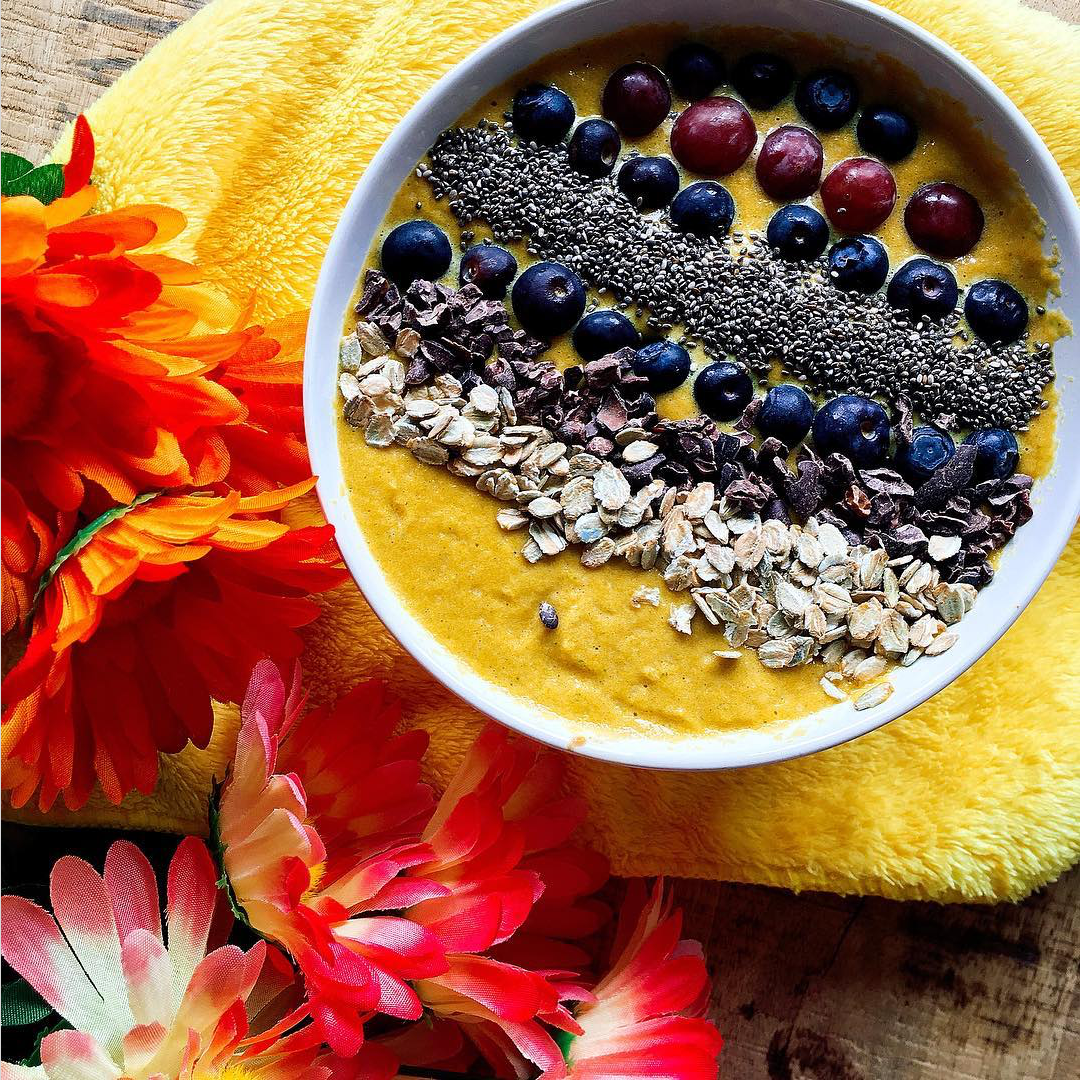Fat was once proclaimed to be the culprit of heart diseases and hence, the food industry started to produce all sorts of low-fat foods. But, how can you make low-fat food taste delicious?
...By adding SUGAR - more specifically, by adding fructose. Heart diseases didn’t reduce with all the low-fat diets and in fact, more recent studies show that sugar increases your risk of heart disease, stroke, ages the body and fructose increases your risk of metabolic syndrome (including abdominal obesity, high blood pressure and high blood sugar)!

Just to shed some light on the amounts of sugar we consume daily, even with the so called 'healthy foods'.
HOW MUCH SUGAR IS HIDING IN YOUR BREAKFAST?
Let’s start with a supposedly healthy breakfast - 'low-fat yogurt and cereal'. But, what type of yogurt and what type of cereal?
Some yogurt (low-fat, fruit) plus Special K cereals are promoted as a good start to your day, with lots of fibre and protein. However, that can equate to as much as 9 teaspoons ("tsp") of sugar! (Note: 1 tsp = 4g sugar). Imagine yourself taking some rolled oats (no sugar) and top that up with 9 tsp table sugar – no one would do that, right?! Well we are.
A better breakfast can perhaps be a plain yogurt (we like Fage Total 0%), rolled oats and sweeten with blueberries.
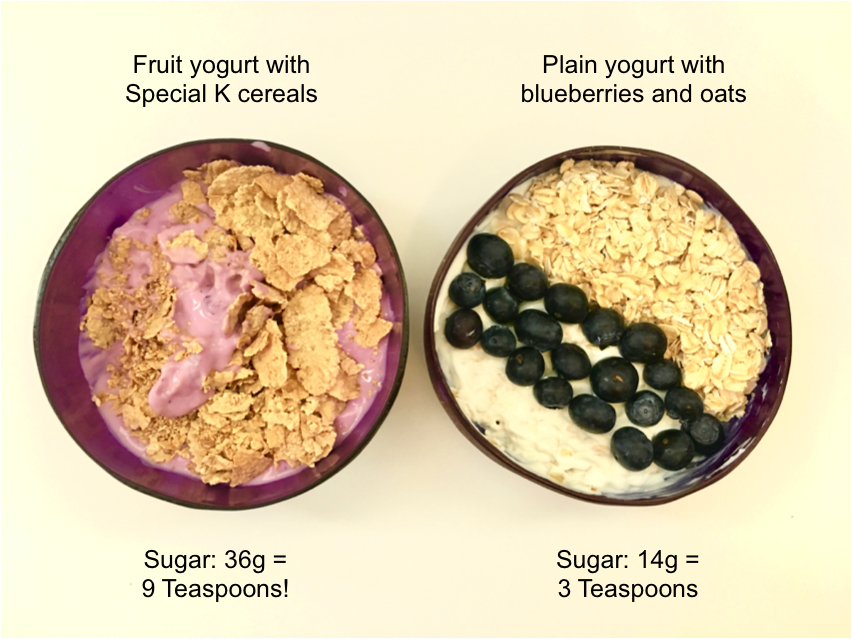
Find your way back to natural, unprocessed food. Take little steps – try having a natural yogurt instead of the sweetened one and add berries, or eat a whole apple instead of drinking a processed apple juice.
FOOD PORTIONS
We not only tend to underestimate the amount of sugar we consume daily, but also our food portions.
A simple example that I’ve encountered with many of my clients: “I only eat a small bowl of milk with cereal in the morning.” When asked how much cereal was consumed daily, they estimated the amount to be approximately 30g. But when I tell them to actually weigh what they put into their milk, they were surprised that the range was between 60-100g.
The same goes for toppings, be it on your breakfast overnight oats or your salad. To present this visually, the original plain yogurt with blueberries and oats was topped up with the following:
- 2 Tablespoons peanut butter unsweetened
- 20g Almonds
- 10g Cranberries
- 10g coconut flakes unsweetened
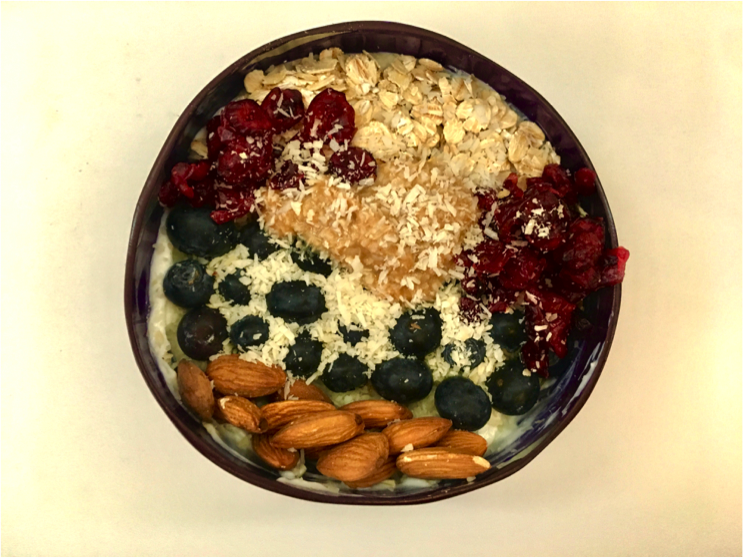
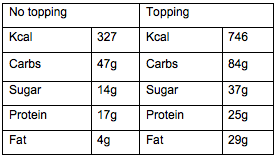
As you can see, the toppings you select and the amount you put in your breakfast bowl make a huge difference! The amount of sugar and the total calories consumed were close to double the original bowl.
So, next time you prepare your breakfast in the morning, start being aware & mindful of what you put in and how much you put as toppings. Maybe for a day, try measuring your toppings to get a sense of portion sizes!
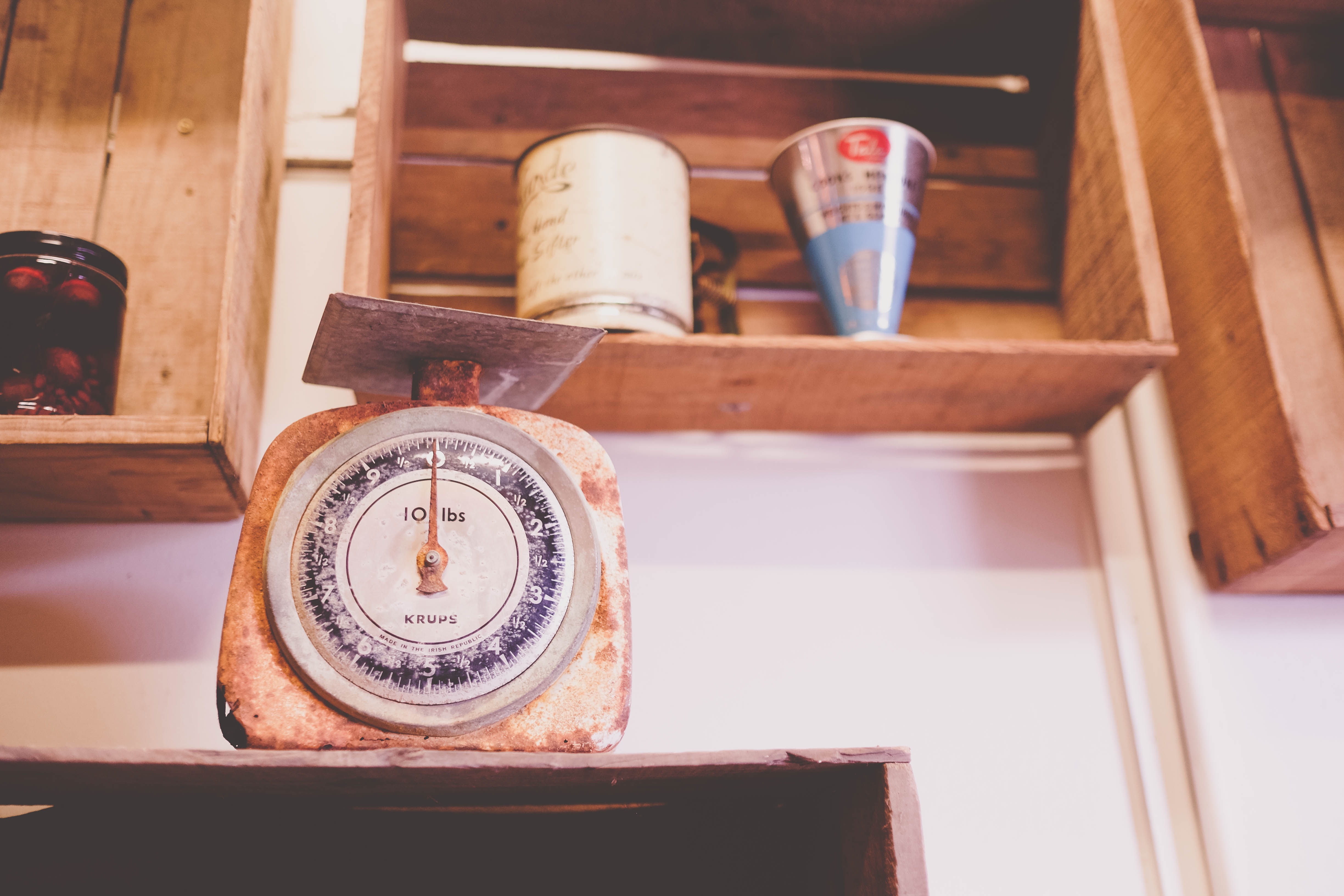
Nowadays, it is not easy to live totally sugar free, and it probably should also not be your life goal ;) But being aware that we are consuming too much sugar is the first step towards a healthier lifestyle.
For those of you ladies who have children, the above also plays a big role in the education and nutrition of our kids. Next time you prepare a lunch box for your child, check what you put in there – is it a ‘healthy’ granola bar, fruit juice and some yogurt? Why not replace that with a few nuts (if no allergy), homemade energy balls and an apple? Notice the difference in sugar levels and the higher amount of fibre in school box 2 as well.
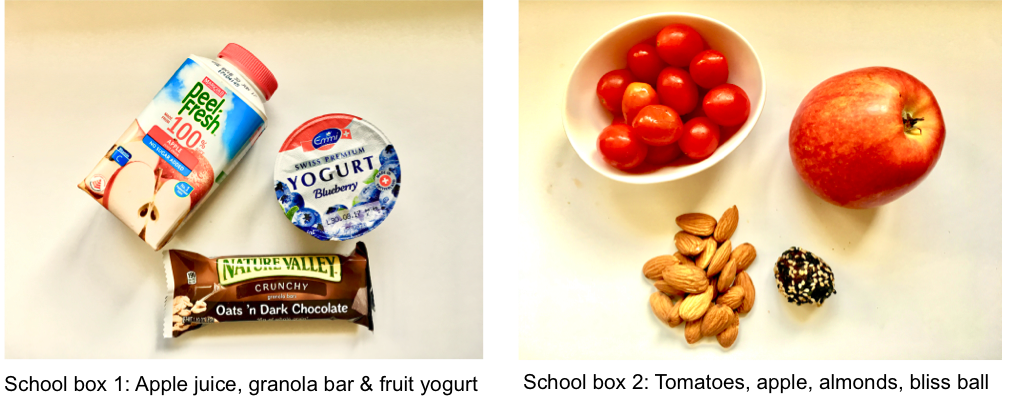
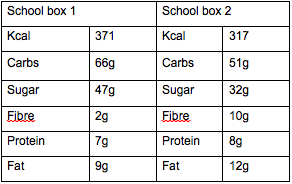
Sugar is hidden and prevalent everywhere – start being aware and conscious of what you’re putting into your bodies (and your kids’). Food is your fuel and you’ll be needing that good fuel to continue being Busy and healthy!
Simple swaps like substituting processed foods with a more natural diet (e.g. low-fat fruit yogurt to plain yogurt and blueberries) can help you to overcome sugar addiction and be healthier as a whole. If you want to learn more about sugar in our lives, have a look at “That Sugar Film” from Damon Gameau, where you’ll see what actually happens in our bodies with too much sugar!
Article contributed by #TEAMBUSYWOMAN community member Dominique Rauber-Musey. Dominique is a Nutritionist from Switzerland and currently resides in Singapore.
It is not easy to balance a healthy lifestyle with a busy working schedule. Having worked for 5 years as Group Controller for the biggest chocolate and cocoa manufacturer, she knows what is necessary to succeed. If your food habits do not fit into your daily schedule, you won’t keep it up for long. There is no diet that fits all – an individually balanced nutrition is key to a long-lasting healthy lifestyle.
With the new knowledge and everything she has learnt from her own experiences, Dominique wants to help people nurture their happiness with the right food. Studies have shown that there is a strong connection from your gut to your brain. Feeding your body correctly will brighten up your mood!

